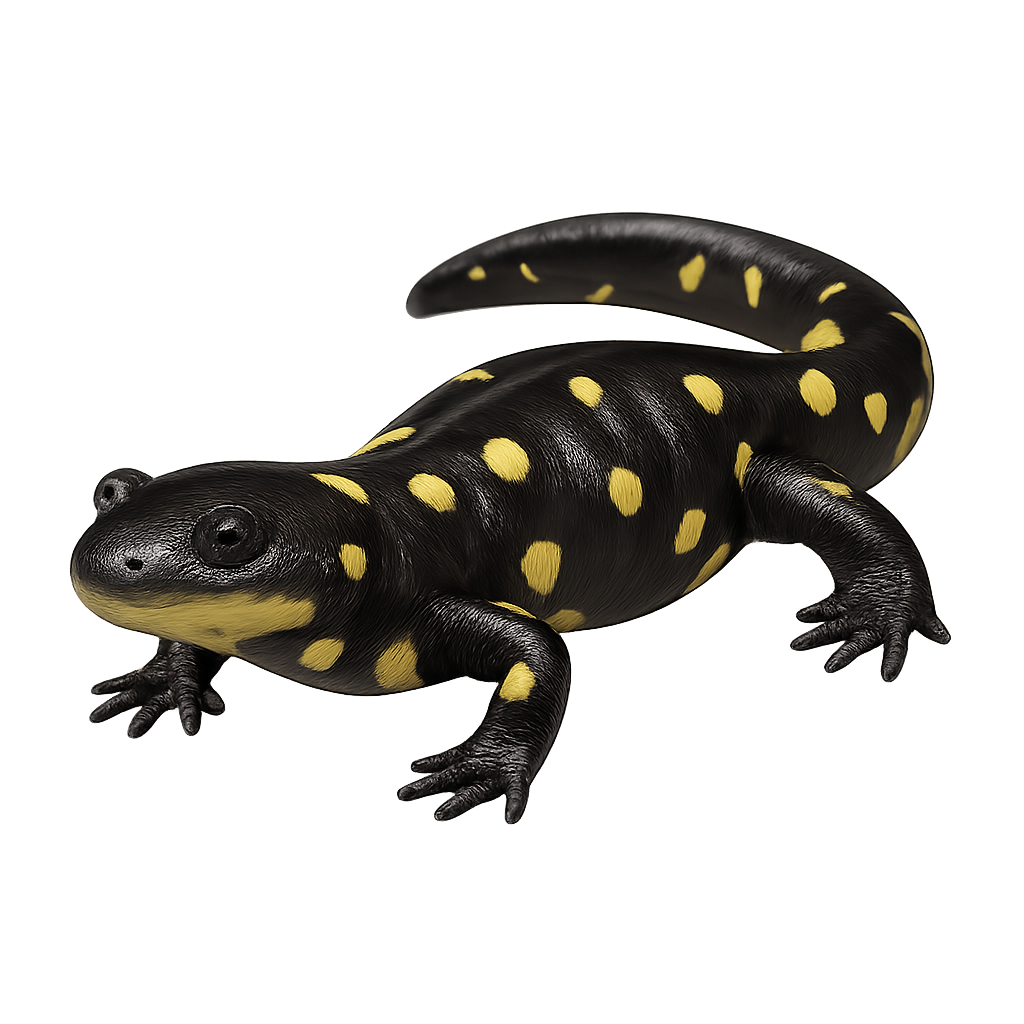Your wildlife photography guide.
Explore the california tiger salamander in detail, study its behavior, prepare your shots.
Where to observe and photograph the california tiger salamander in the wild
Learn where and when to spot the california tiger salamander in the wild, how to identify the species based on distinctive features, and what natural environments it inhabits. The WildlifePhotographer app offers tailored photography tips that reflect the california tiger salamander’s behavior, helping you capture better wildlife images. Explore the full species profile for key information including description, habitat, active periods, and approach techniques.
California tiger salamander
Scientific name: Ambystoma californiense

IUCN Status: Vulnerable
Family: AMBYSTOMATIDAE
Group: Amphibians
Sensitivity to human approach: Tolerant
Minimum approach distance: 5 m
Reproduction period: January to December
Incubation: 14-28 jours
Births: January to December
Habitat:
Grasslands, agricultural lands and open woodlands near temporary ponds
Activity period :
Mainly active at night, generally discreet during the day.
Identification and description:
The California tiger salamander is a stout-bodied salamander 15–20 cm long, with a black dorsum marked by yellow or cream spots. Endemic to grasslands, agricultural lands and open woodlands of central and coastal California, it depends on fishless temporary ponds to breed, migrating nocturnally from upland burrows. Adults shelter in rodent burrows during dry periods.
Recommended lens:
Macro – adjust based on distance, desired framing (portrait or habitat), and approach conditions.
Photography tips:
Photograph the California tiger salamander at night or dusk near temporary ponds using a 100–200 mm macro lens on a tripod. Use high ISO and a shallow depth of field to isolate the yellow spots against its dark back, position low and silent, and avoid sudden movements.
The WildlifePhotographer App is coming soon!
Be the first to explore the best nature spots, track rutting seasons, log your observations, and observe more wildlife.
Already 1 439 wildlife lovers subscribed worldwide

